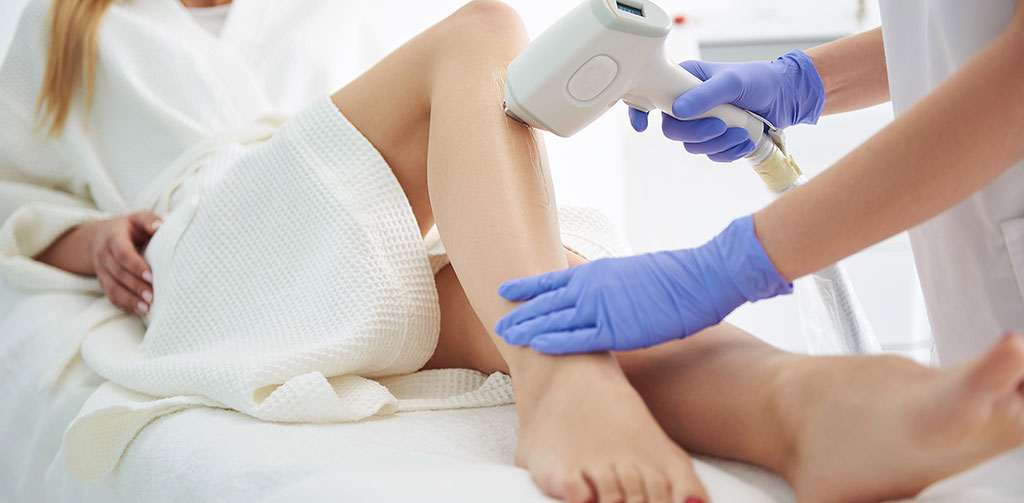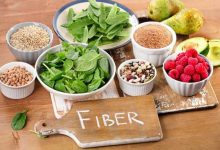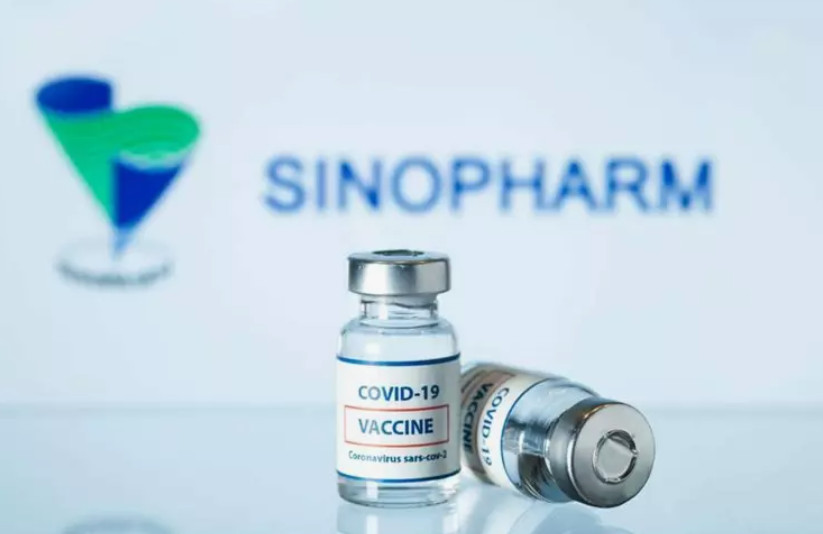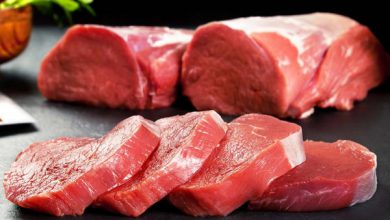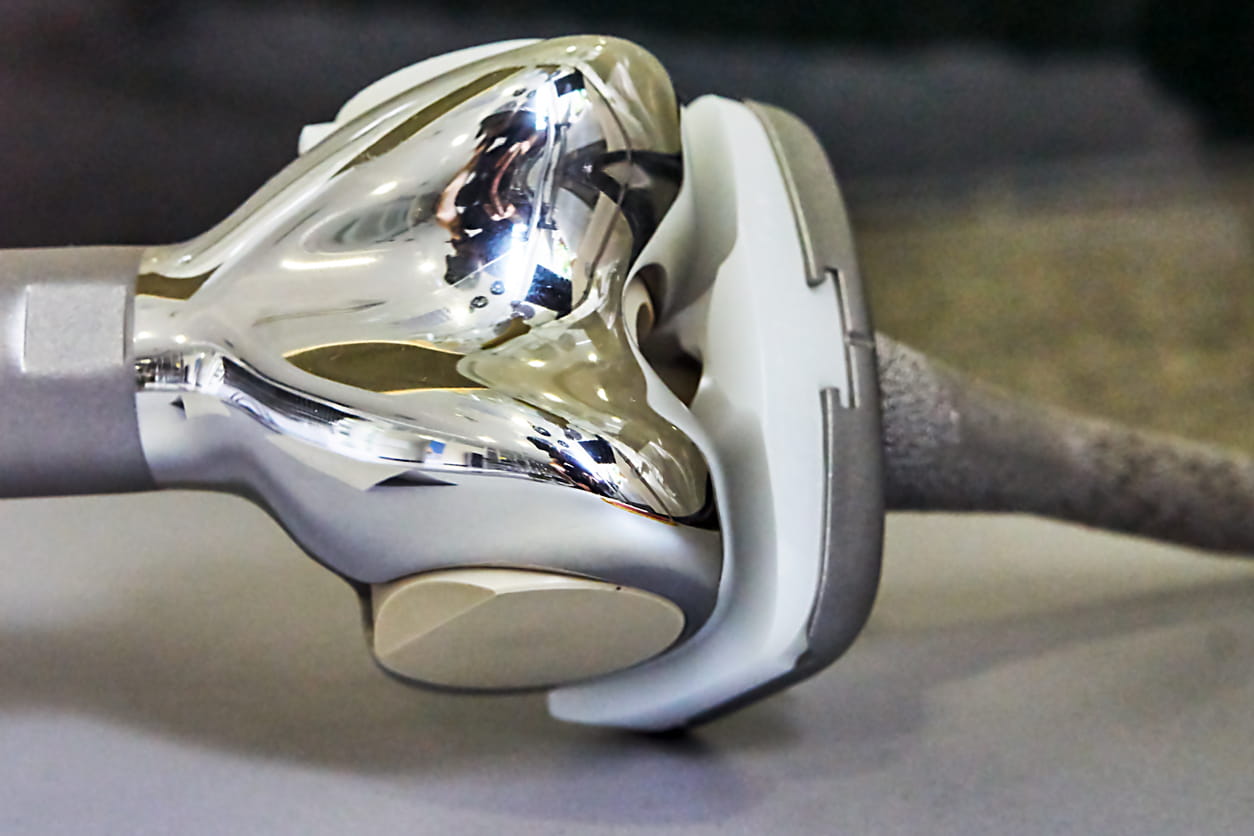Signs and symptoms of iron deficiency anemia in the body
When the body does not have enough iron, iron deficiency occurs, which leads to abnormal levels in red blood cells because iron needs protein in red blood cells to produce hemoglobin, which enables them to carry oxygen to the body.
If your body does not have enough hemoglobin, the tissues and muscles will not receive enough oxygen. They will not be able to function effectively, leading to a condition called anemia.
Although there are different types of anemia, iron deficiency anemia is the most common anemia worldwide. One of the leading causes of iron deficiency can be inadequate iron absorption due to poor diet or restricted diet, inflammatory bowel disease, an increased condition in pregnancy, and heavy bleeding during menstruation.
Whatever the cause, it can lead to unwanted symptoms that affect your quality of life, including health, focus, and productivity at work.
iron deficiency = sideropenia
The leading causes, signs, and symptoms of iron deficiency:
Sideropenia signs and symptoms vary depending on the severity of the anemia, growth rate, age, and current health status. In some cases, people do not experience any of the symptoms. There is iron that starts with the most common iron deficiency:

Unusual fatigue
Excessive fatigue is one of the most common symptoms of iron deficiency, affecting more than half of people. This is because your body produces a protein called hemoglobin, found in red blood cells that need iron. Hemoglobin helps carry oxygen to the body.
When your body does not have enough hemoglobin, less oxygen reaches the tissues and muscles and depletes their energy. In addition, your heart has to work harder to transport oxygen-rich blood to your body, which can make you tired.
Paleness
Bright color inside the lower eyelids is a common sign of iron deficiency. The hemoglobin in red blood cells gives the blood-red color. Find areas such as the face, pale gums or eyelids, and even nails.
Shortness of breath
Hemoglobin enables red blood cells to carry oxygen to the body. When hemoglobin is low due to iron deficiency, oxygen levels will be low.
This means that your muscles do not have enough oxygen to perform everyday activities such as walking. As a result, as your body struggles to get more oxygen, your breathing rate increases. Therefore, shortness of breath is one of the common symptoms.
Dizziness and headache
Iron deficiency can cause headaches, and this symptom seems to be less common and is often accompanied by dizziness. In sideropenia, low hemoglobin levels in red blood cells mean that there is not enough oxygen to reach it.
As a result, blood vessels in the brain may become swollen, causing pressure and headaches. Although there are many causes for headaches, recurrent headaches and dizziness can be signs of iron deficiency.

Heartbeat
A fast heartbeat, also called a pulse, can be another sign of iron deficiency anemia. Hemoglobin is a protein in red blood cells that helps carry oxygen to the body.
In sideropenia, low hemoglobin levels mean that the heart has to work hard to carry oxygen, leading to an irregular heartbeat or making your heart abnormal.
In severe cases, it can cause the heart to enlarge or even fail. However, these symptoms are much less common. You have to suffer from sideropenia for a long time.
Dry and damaged hair and skin
Dry and damaged skin and hair can be a sign of iron deficiency, and this is because when your body is iron deficient, its limited oxygen is directed to more critical functions such as organs and other body tissues.
When the skin and hair are deprived of oxygen, it becomes dry and weak. In more severe cases, iron deficiency is associated with hair loss.
Swelling and sores on the tongue and mouth
Sometimes just looking at the mouth or around it can be a sign of iron deficiency anemia. Symptoms include swelling, inflammation, paleness, or paleness of the tongue.
Low iron in hemoglobin causes the tongue to fade, while lower levels can cause sores, flattening, and swelling of the tongue.
Myoglobin is a protein in red blood cells that supports your muscles, such as the muscle that makes up the tongue. Iron deficiency can also cause dry mouth or red cracks and sores in the corners of the mouth.
Restless legs
This condition is associated with Restless Legs Syndrome. Restless Legs Syndrome is an urgent need to move the legs at rest. It can also cause strange itching of the skin of the feet and soles of the feet, which usually gets worse at night, meaning that people may need to sleep.
The cause of Restless Legs Syndrome is not fully understood. However, it is estimated that up to 25% of people with Restless Legs Syndrome have iron deficiency anemia and iron levels are worse.
Fragile and spoon-shaped nails
Common symptoms of sideropenia are brittle, spoon-shaped nails. This often starts with brittle nails that break and crack easily, and later iron deficiency can cause spoon-shaped nails in the middle of the nail, but this is a rare side effect and usually only in some cases. Severe iron deficiency anemia is observed.
Other potential symptoms of iron deficiency
There are other symptoms of sideropenia. These are less common and, in addition to iron deficiency, can be associated with many diseases.
Other symptoms of iron deficiency anemia include:
Strange cravings
You should eat non-food items such as clay, ice, chalk, or paper. It can also occur during pregnancy.
Feeling stressed
Lack of oxygen to tissues in iron deficiency may cause anxiety; however, iron levels tend to improve or dissolve.
Cold hands and feet
Iron deficiency means that less oxygen reaches the organs. Some people may generally feel cold or shivering.
Recurrent infections
Because iron is essential for a healthy immune system, its deficiency can make you sick more than usual.

When to see a doctor:
See your doctor if you or your child shows signs and symptoms that indicate iron deficiency anemia. Iron deficiency anemia is not something that can be treated on its own. So see your doctor instead of taking iron supplements.
Iron overload can be dangerous because excessive iron accumulation can damage your liver and cause other side effects.
Reasons for iron deficiency:
Iron deficiency anemia occurs when your body does not have enough iron to produce hemoglobin. Hemoglobin is the part of red blood cells that gives red blood to the blood and enables red blood cells to carry oxygenated blood.
If you do not get enough iron or lose a lot of iron, the body can not produce enough hemoglobin, and eventually, sideropenia develops.
Causes of iron deficiency anemia include:
Anemia
Blood contains iron, so if you lose blood, you also lose some iron. Women with heavy menstrual periods are at risk for iron deficiency anemia because they lose blood during menstruation.
Slow and chronic blood loss in the body – such as stomach ulcers, brain hernias, colon polyps, or colon cancer – can cause iron-deficiency anemia. Gastrointestinal bleeding can be caused by the regular use of certain painkillers, especially aspirin.
Dietary iron deficiency
Your body regularly receives iron from the foods you eat. If you eat less iron, your body will gradually become deficient in iron. Examples of iron-rich foods include meat, eggs, leafy green vegetables, and iron-fortified foods. Children and infants need iron in their diet to grow properly.
Iron is absorbed from food in your small intestine. Celiac disease, which affects your gut’s ability to absorb nutrients from digested food, can lead to iron-deficiency anemia.
If part of your small intestine is surgically removed, it may affect your ability to absorb iron and other nutrients.
Iron deficiency in pregnancy
Iron deficiency anemia occurs in many pregnant women because their iron stores require increased blood volume and a source of hemoglobin for fetal growth.
Risk factors and complications of iron deficiency:
These groups are more likely to be iron deficient:
Women
Women generally lose their blood during menstruation.
Babies and children
Babies, especially those underweight and premature and who do not get enough iron from breast milk, may be at risk for iron deficiency. Children need extra iron over time, and if the child does not have a healthy and varied diet, he or she may be at risk for anemia.
vegetarians
People who do not eat meat may be at risk for iron-deficiency anemia if they do not eat iron-rich foods.
Regular blood donors
People who donate regularly may increase their risk of iron deficiency anemia because donating blood can deplete iron stores. Lack of hemoglobin in blood donation may be a temporary problem in eating iron-rich foods, and if you have been told that you can not donate blood due to low hemoglobin, talk to your doctor.
Symptoms of iron deficiency and its problems:
Iron deficiency anemia usually does not cause side effects. However, untreated iron deficiency anemia can be severe and lead to health problems, including:
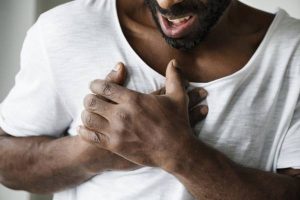
Heart problems
Iron deficiency anemia can lead to a fast or irregular heartbeat. Your heart needs more blood to compensate for the lack of oxygen in the blood, and this can lead to enlargement or heart failure.
Iron deficiency problems during pregnancy
In pregnant women, severe iron deficiency anemia is associated with preterm delivery and low birth weight infants. Still, it can be prevented in pregnant women who take iron supplements as part of prenatal care.
Growth problems
In children and infants, severe iron deficiency can lead to anemia and stunted growth. In addition, iron deficiency anemia is associated with increased susceptibility to infections.
Iron deficiency and its prevention:
By choosing foods rich in iron, you can reduce the risk of iron deficiency anemia. Choose Iron-Rich Foods Nutrient-rich foods include:
- Red meat and chicken
- Seafood
- Beans
- Dark green leafy vegetables, such as spinach
- Dried fruits such as raisins and apricots
- Flour fortified with iron, bread, and pasta
- Peas
Choose foods that contain vitamin C to increase iron absorption. You can increase your iron levels by eating iron-rich foods, drinking fruit juices, or eating other foods rich in vitamin C. Vitamin C in citrus fruits, such as orange juice, helps your body absorb iron.
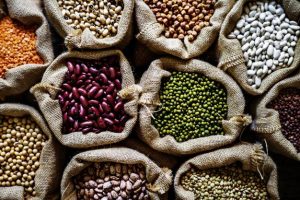
How to treat iron deficiency?
Vitamin C is also abundant in the following foods:
- Broccoli
- Grapefruit
- Kiwi
- Green leaves
- cantaloupe
- Orange
- Pepper
- Strawberry
- Tangerine
- tomato

